During the Spring Term, 2024, Carcroft Change Makers worked collaboratively to develop the ‘Carcroft Pledge’. We can’t wait to share this with whole school during our Summer Term!
Category : Curriculum
Online Safety
Our pupils are growing up in a world of ever-changing technology. While we feel that the use of technology is a largely positive aspect of modern life, we cannot ignore the risks that can be associated.
Throughout school we aim to teach children: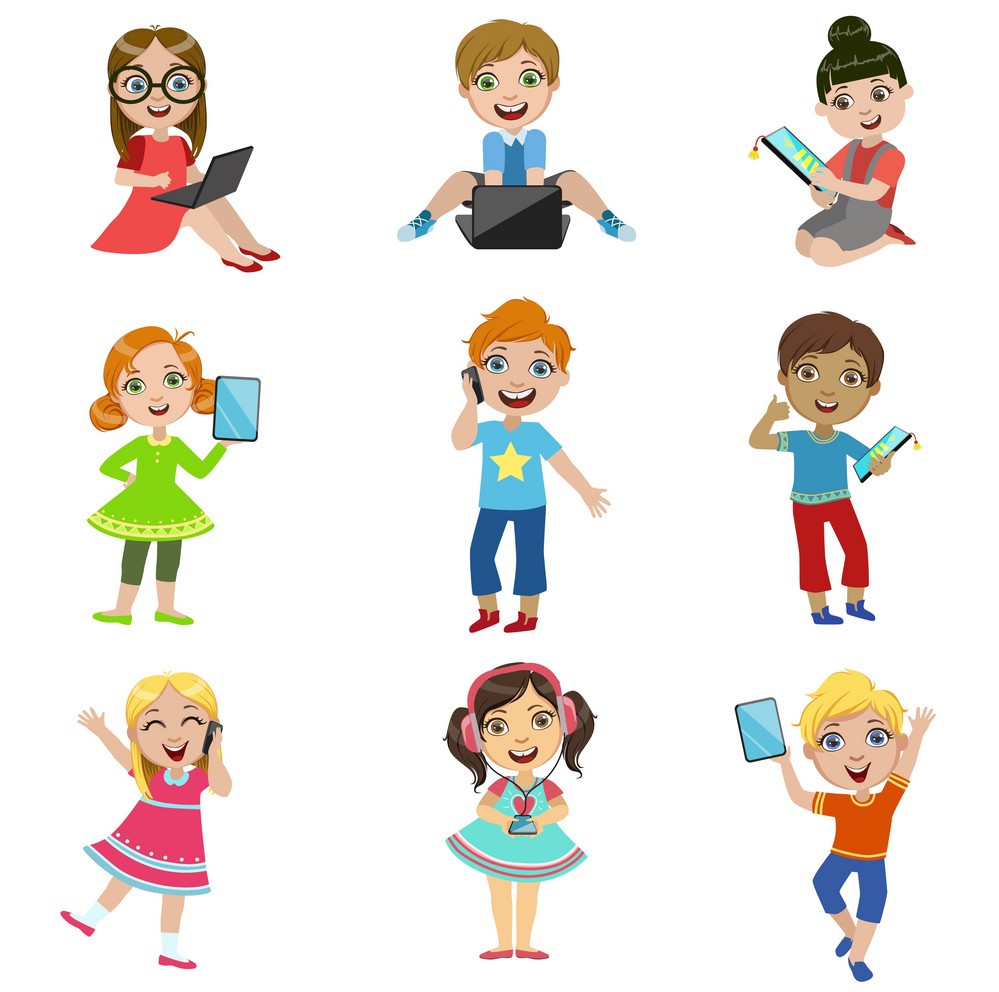
- about the impact of cyber-bullying and what to do if they have been affected.
- to be vigilant when communicating online recognising that people may not always be who they say they are and to be sensible about what they share.
- to tell an adult they trust if something is upsetting them.
- to question the reliability of information given through a web based source.
- to search responsibly for information while using internet browsers.
We understand that much of our pupil’s use of the internet will occur at home, away from the school filters.
Below are a list of useful websites, advice and resources that you may find helpful when navigating the issue of online safety with your child. At the bottom of this page are resources that your child can directly access as well to help them learn about online safety.
Useful resources and links
Thinkuknow http://www.thinkuknow.co.uk
Thinkuknow is an education programme from the National Crime Agency’s CEOP Command. Since 2006, it aims to ensure that everyone has access to this practical information – children, young people, their parents and carers and the professionals who work with them.
Internet Matters https://www.internetmatters.org/advice/esafety-leaflets-resources/
A comprehensive web resource with a wide array of tips and advice on how to navigate the online world with your child. Some of their guidance we attach below but you can find even more by visiting the link.
National Online Safety https://nationalonlinesafety.com/resources/platform-guides/
National Online Safety’s mission is to make the internet a safer place for children. They aim to do this by equipping school staff, parents and children with the knowledge they need to understand online dangers and how best to react should an incident arise. The link above provides up to date information about a wide variety of social media apps and platforms your child might be using.
NSPCC http://www.nspcc.org.uk/preventing-abuse/keeping-children-safe/share-aware/
The NSPCC are the first to admit that the internet is amazing. Children can play, learn, create and connect – opening up a whole world of exciting possibilities. But with the digital world changing all the time, how can you make sure your child’s staying safe? That’s where the NSPCC come in. Whether you’re an online expert or you’re not sure where to start, their tools and advice will help you keep your child safe.
Childnet http://www.childnet.com/parents-and-carers
Childnet International is a registered UK charity that aims to make the internet a safe place for children and young people. Packed with resources it is a great resource for parents.
CEOP http://ceop.police.uk/safety-centre/
Child Exploitation and Online Protection (CEOP) is part of the National Crime Agency and their website can be used to report if you are worried about online abuse or the way someone is communicating online.
BBC https://www.bbc.com/ownit
The BBC have a website and app called Own It. The website has a lot of content for children to help them navigate their online lives, and the free smartphone app comes with a special keyboard which can intervene with help and support in the moments that children need it the most.
SafetoNet https://safetonet.com/
SafeToNet is technology that educates children “in-the-moment” as they use their device. It is a safeguarding assistant that helps them become responsible and safe digital citizens. Its power lies in a smart keyboard that detects risks in real-time. It steers children away from trouble by filtering harmful outgoing messages before they can be sent and any damage can be done.
A guide to Apps & Social Media
The number of apps and social media channels your child could be exposed to grow all the time, as does an app’s functionality. We recommend you visit Net Aware to read the latest and most current advice on over 70 apps to ensure you know what they do, how you can limit their features as well as recommended age restrictions.
The apps included are:
- Fortnite
- Snapchat
- YouTube
- Minecraft
- Clash of Clans & Clash Royale
- Kik
- Friv
- Dubsmash
- Wink
- YOLO
- TikTok
- And many, many more
Resources for children to use
Below are some links that children themselves can access for help when navigating the tricky subject of online safety,
Reception – Year 2
Below are a number of links that are tailored for children in the younger year groups.
https://www.thinkuknow.co.uk/5_7/
https://www.netsmartzkids.org/
https://www.childnet.com/resources/smartie-the-penguin
Year 3 – Year 6
Below are links more suitable for older children.
https://www.thinkuknow.co.uk/8_10/
https://www.nsteens.org/
P.E Session
In p.e we were practicing our athlete skills
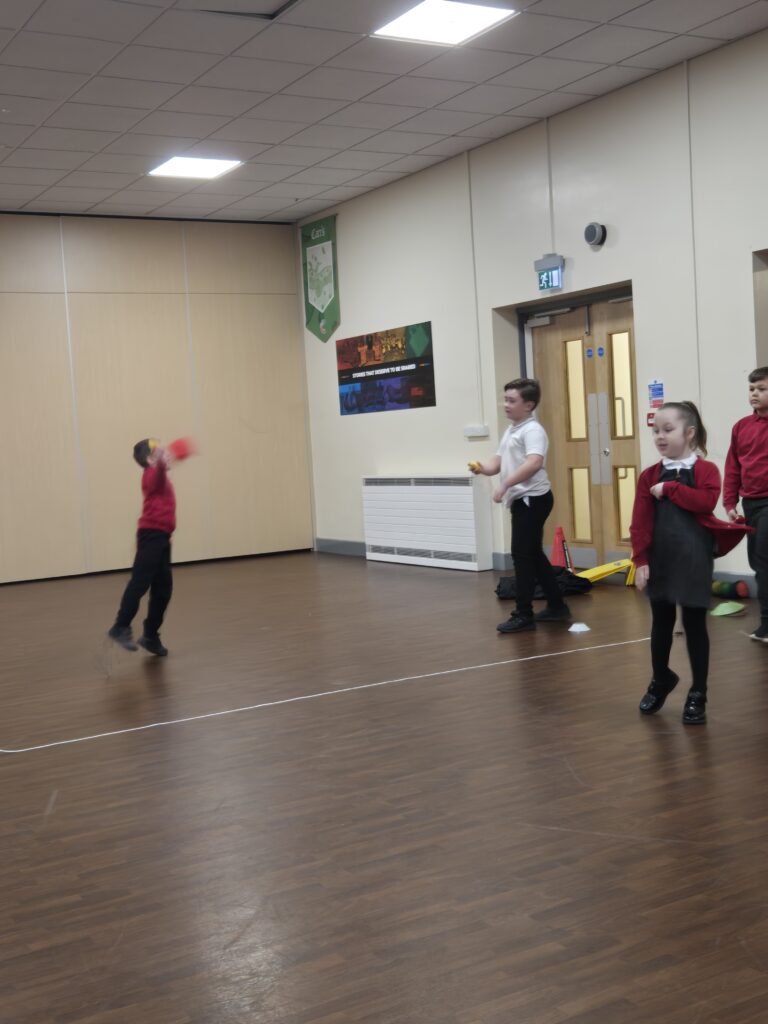
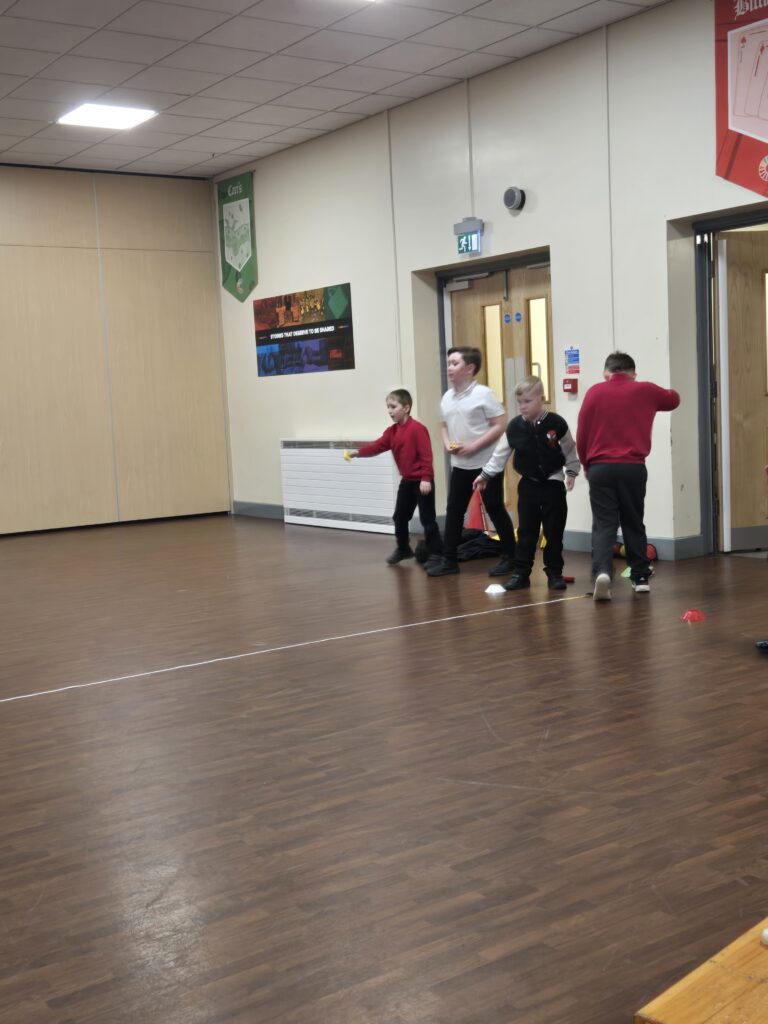
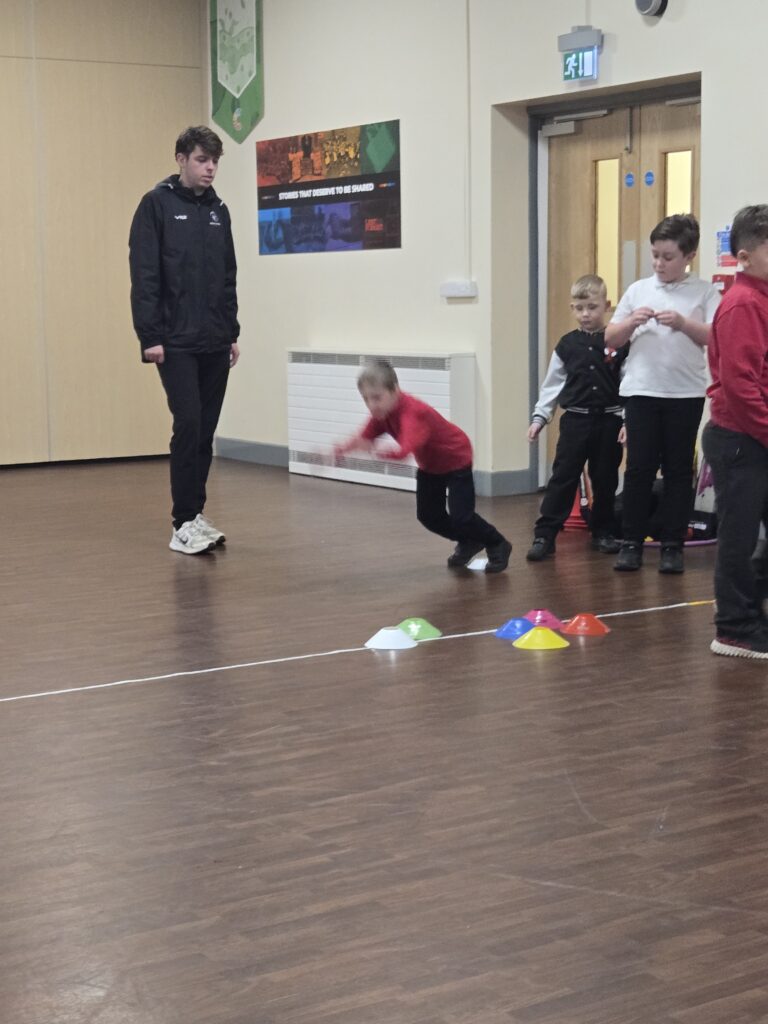

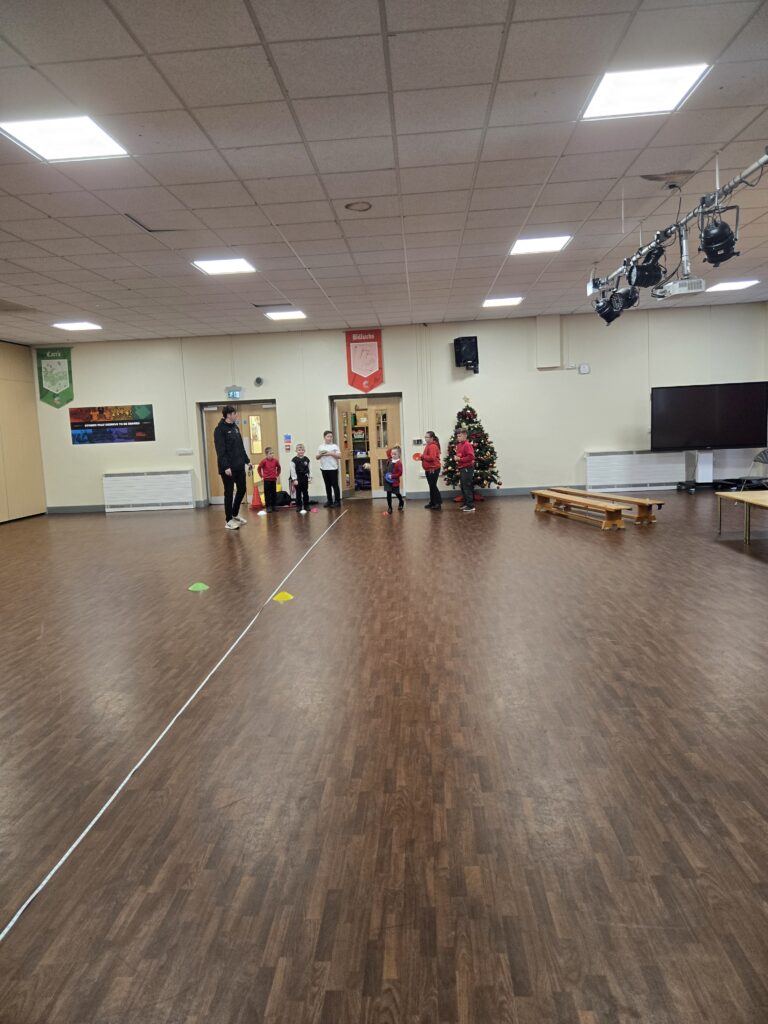
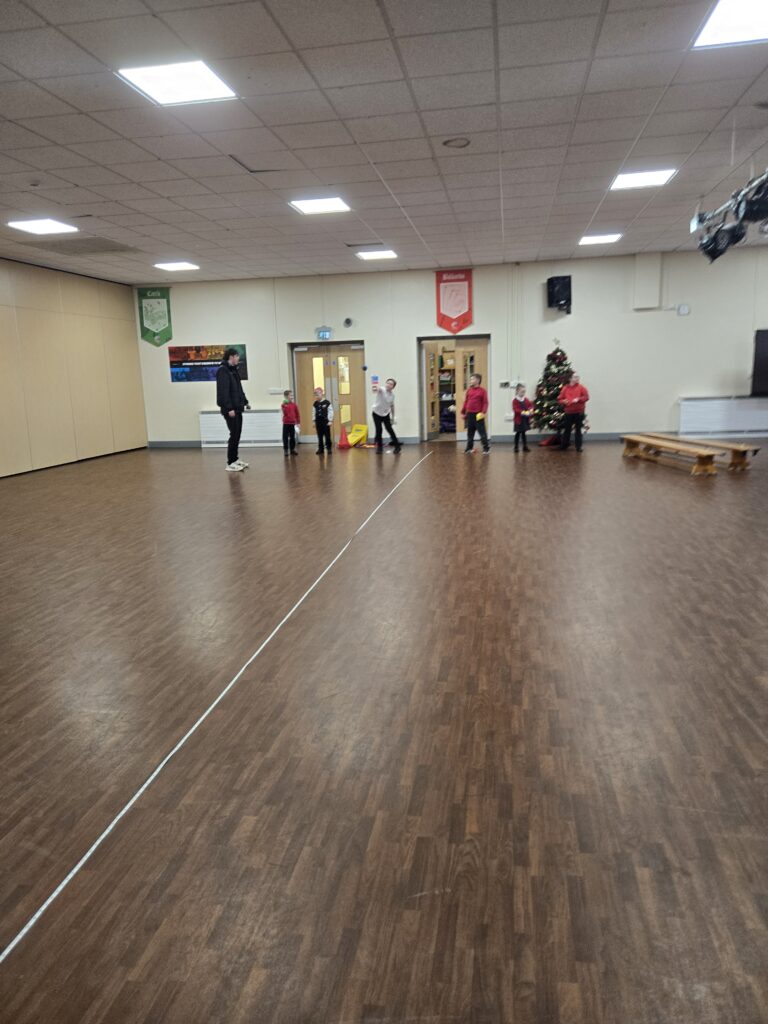
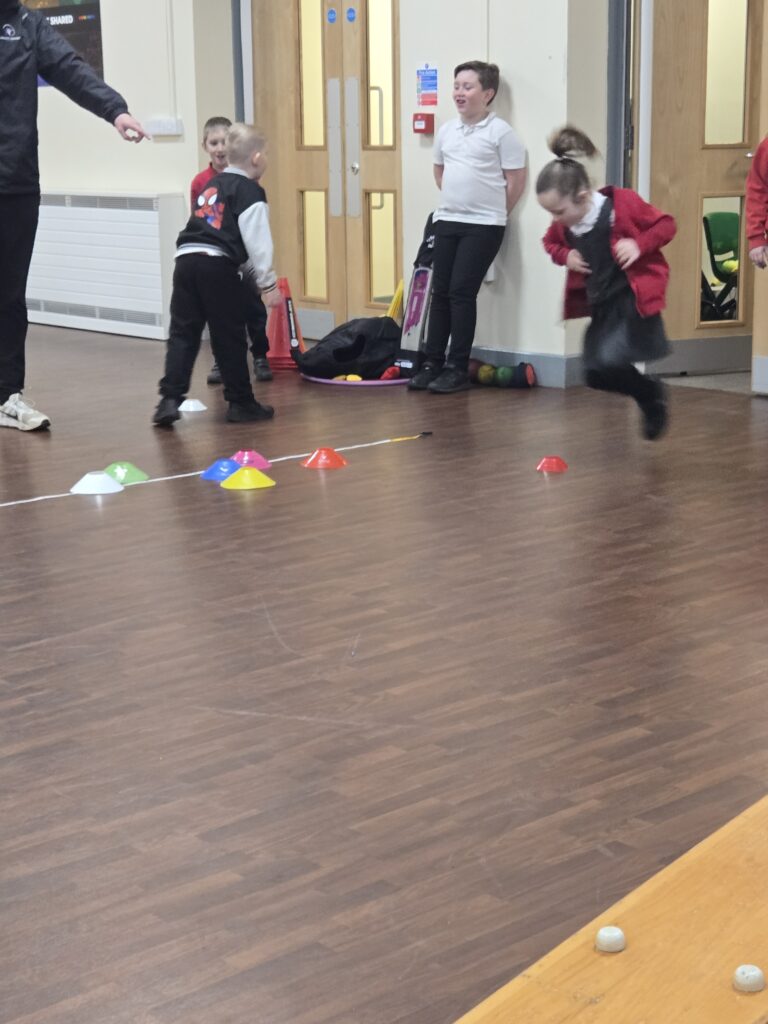
Cutting, Measuring and Showing Courage in DT
In DT this week, Crew White stepped up to a real challenge: sawing and measuring wood at an angle. It was the kind of task that demanded precision, patience and a steady hand, and our crew absolutely rose to it.
There were moments of frustration, moments where pieces didn’t quite fit, and moments where starting again felt like the only option. But the crew showed real courage, sticking with the process and supporting one another to get it right.
By the end, they not only had neatly cut pieces of wood but also a new appreciation for how skilled carpenters and joiners truly are. It was a brilliant mix of resilience, teamwork and craftsmanship.
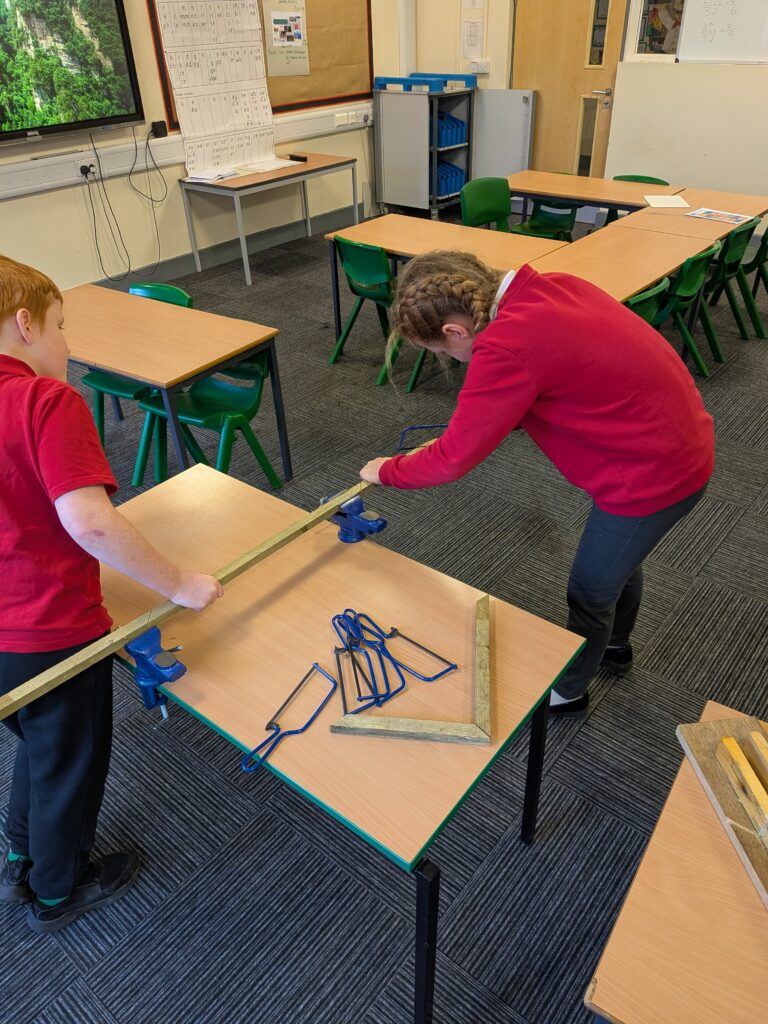


Capturing the Tiger Cat (through Art)
This week, Crew White have been exploring the striking patterns and features of the Northern Tiger Cat through Art. After studying photographs and discussing what makes this elusive animal so unique, the children chose either to sketch the whole creature or zoom in on a single feature—most popular were those bold, expressive eyes.
Using oil pastels, our crew has layered colours, blended carefully, and experimented with texture to bring their artwork to life. The results are brilliant: vibrant close-ups full of detail and powerful full-body pieces that really captured the movement and markings of the tiger cat.
The class showed real focus, creativity, and pride in their work. We can’t wait to display these in our expedition products soon.
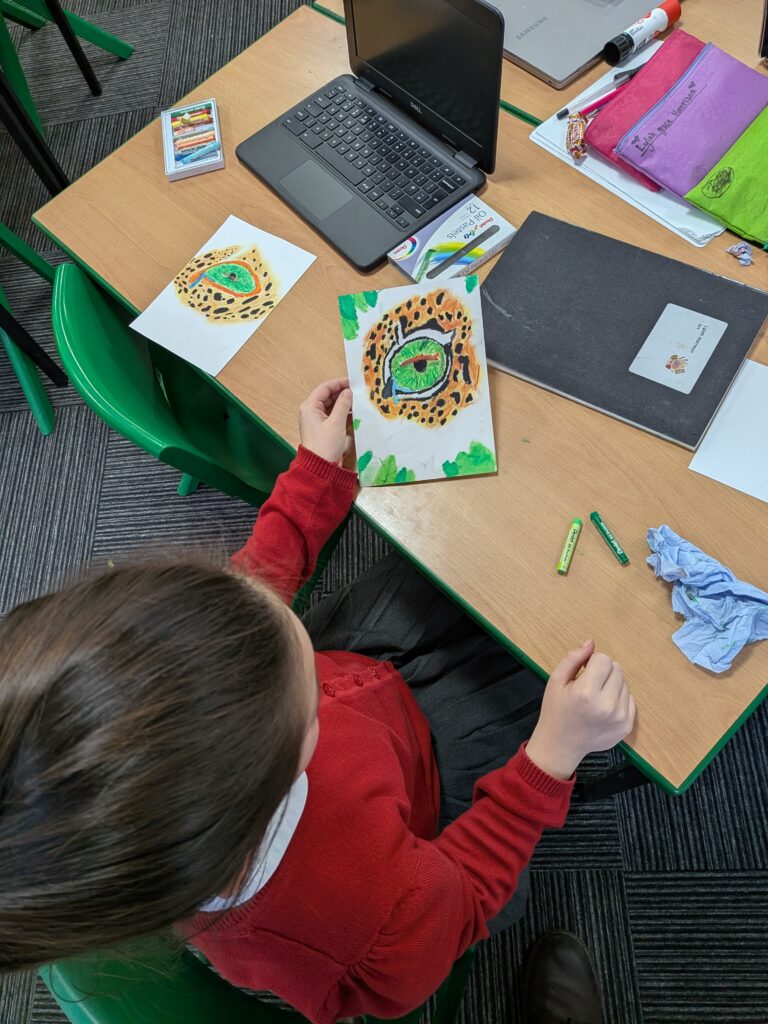
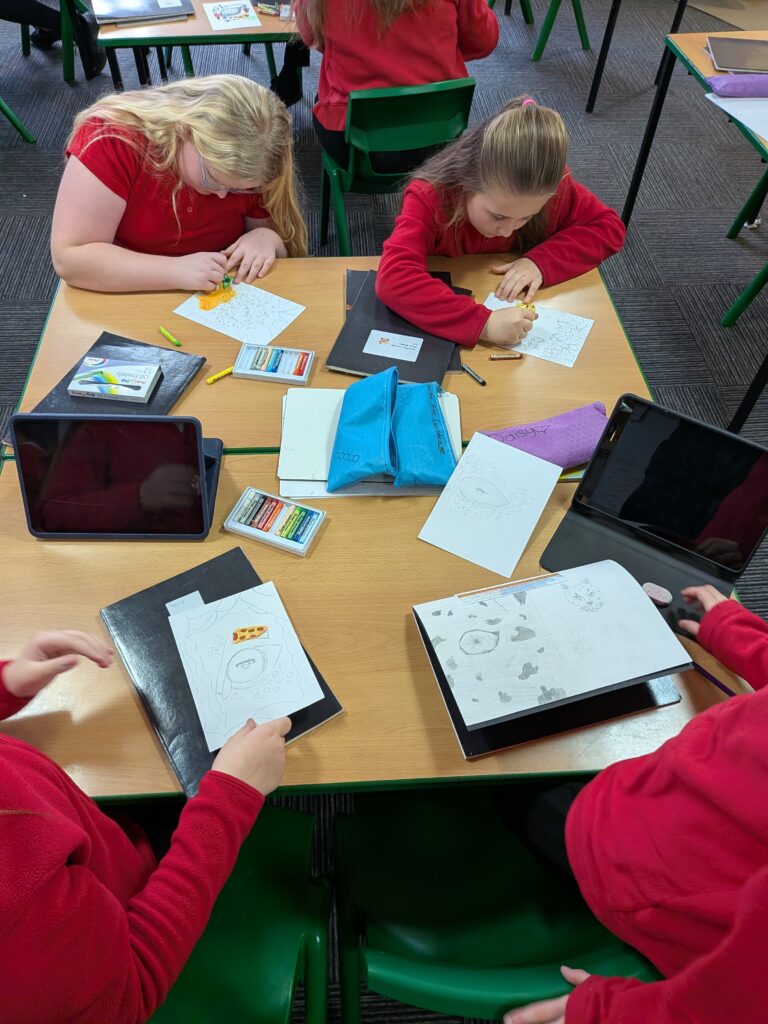
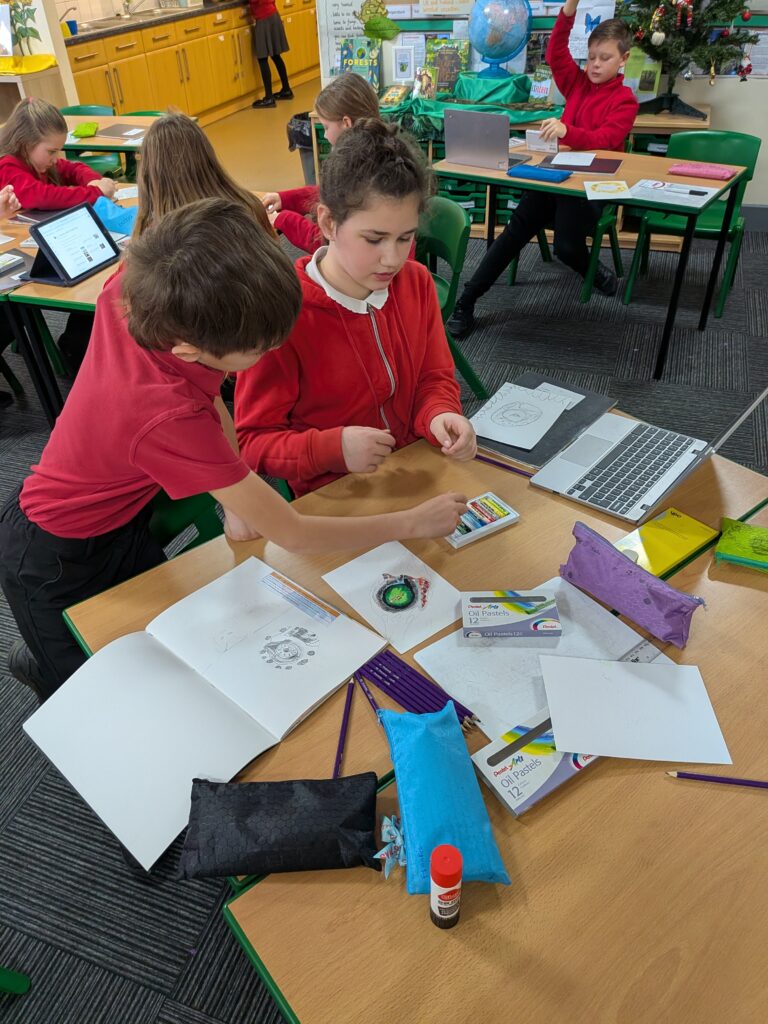
Sponsored walk
Crew Frost have been working super hard on their sponsored walk this week, they have loved walking their miles to the North Pole with the older children. Furthermore, they have enjoyed learning all about exercise and how walking helps our muscles and bones grow. We have also been taken in the environmental sounds and looking at how big our school community is. Well done Crew Frost.

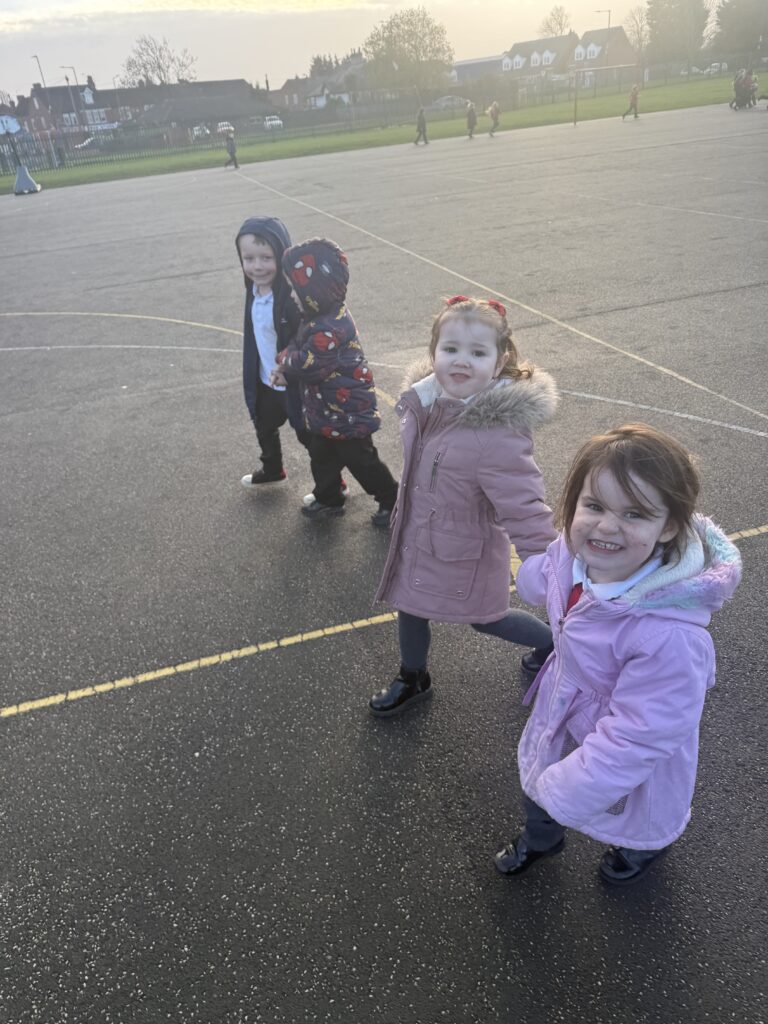

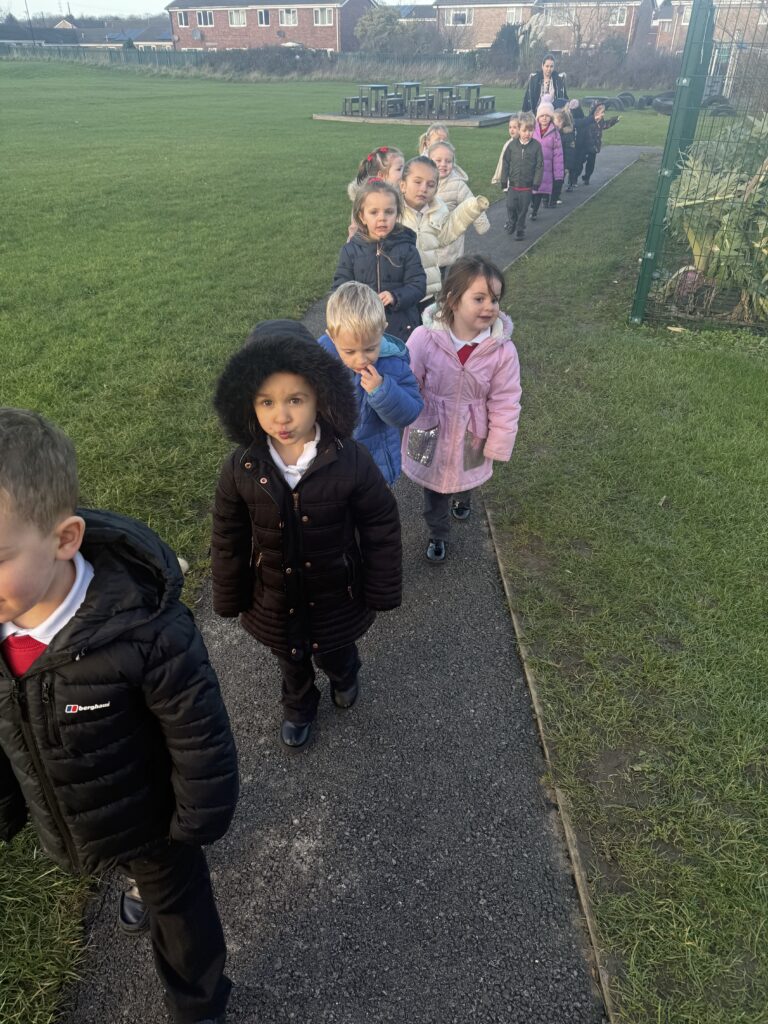
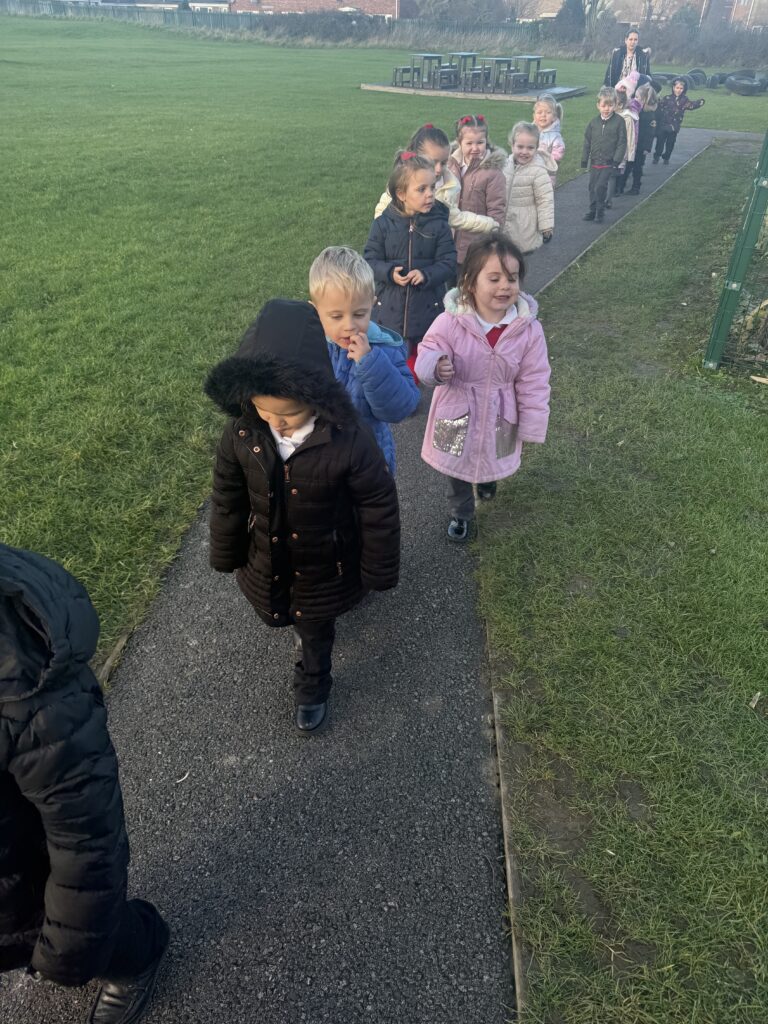
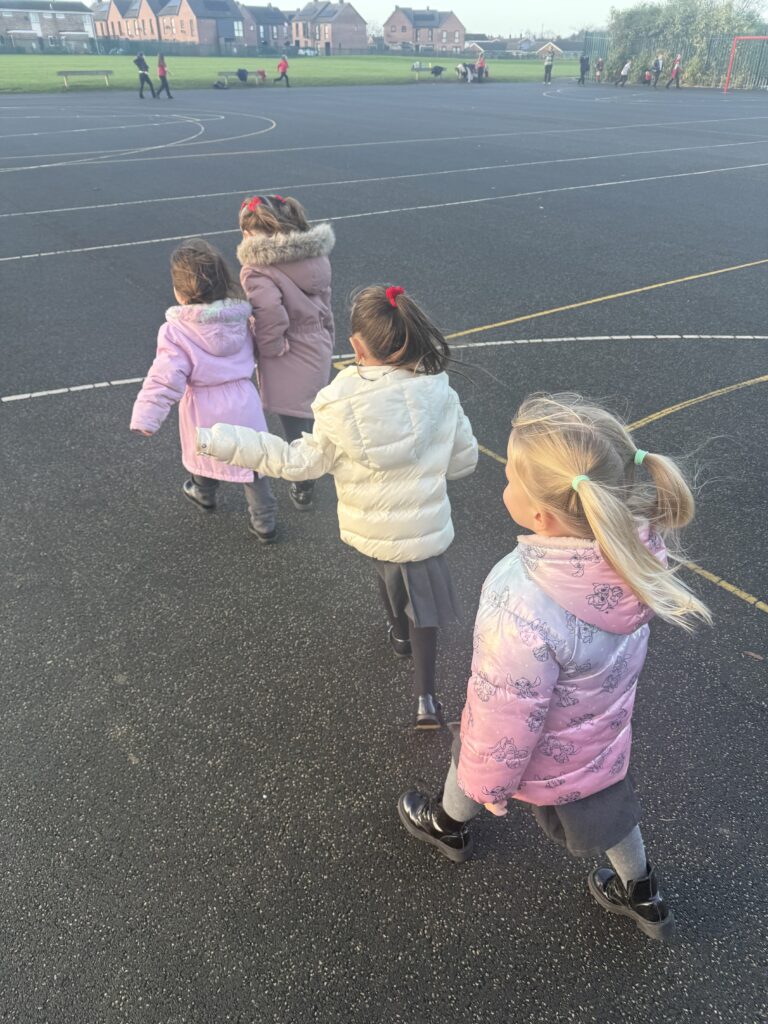
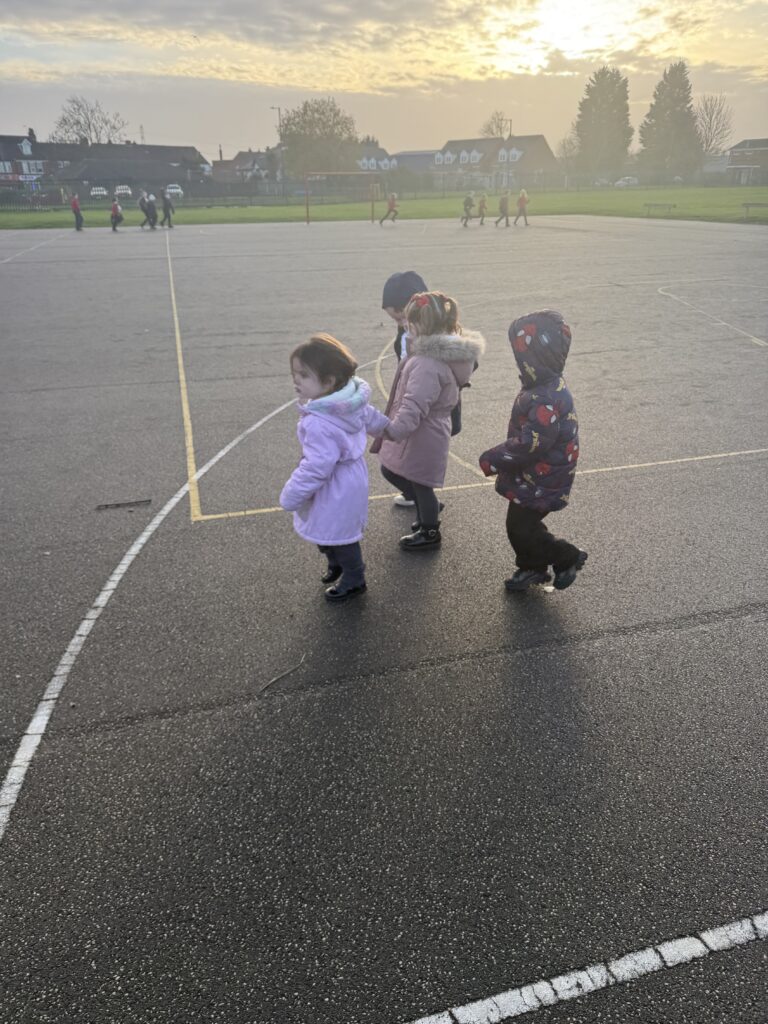
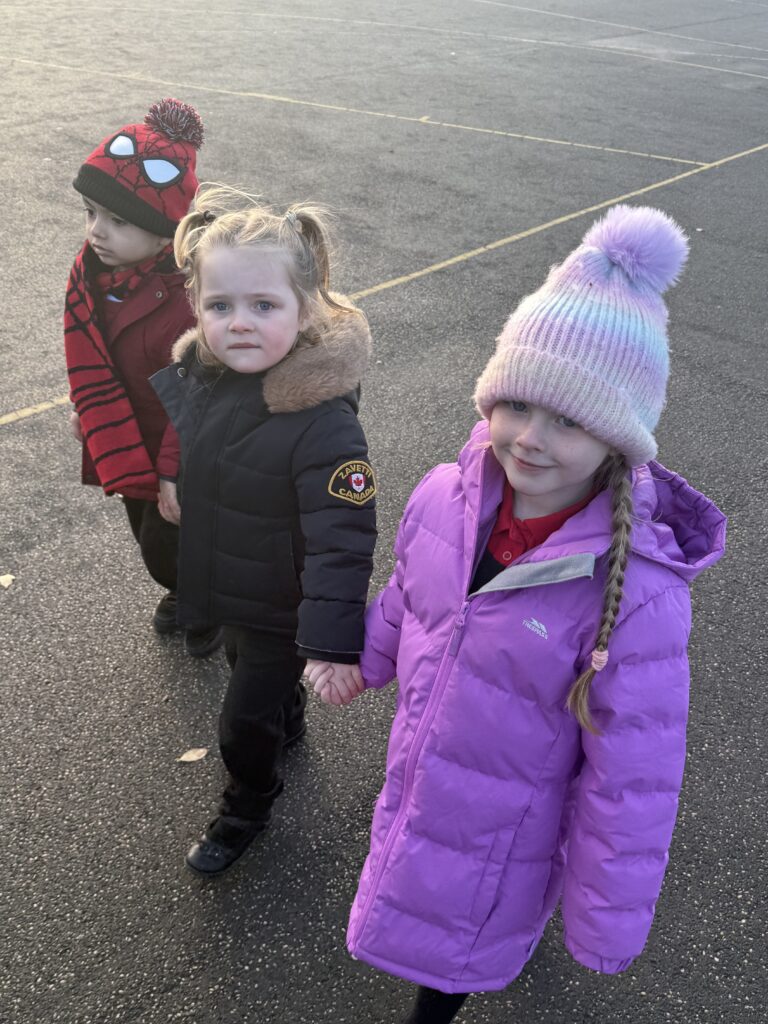
Red is ready to go!
This week the crew Frost have been introduced to a rekenrek. A rekenrek is a is a hands-on maths teaching resource used to help young children visualize and learn essential early years maths. It is perfect for building up subitising skills and concrete experiences during their maths sessions putting their fast maths eyes to the test. However, to start in crew Frost we have just been practicing the golden rules for using a rekenrek such as “red is ready to go” meaning we always push with the color red at the front and only with one finger and one big push! Once crew Frost mastered this we were able to have a go at pushing just one red bead across and to really challenge two for some! Well done crew frost you were amazing at it!
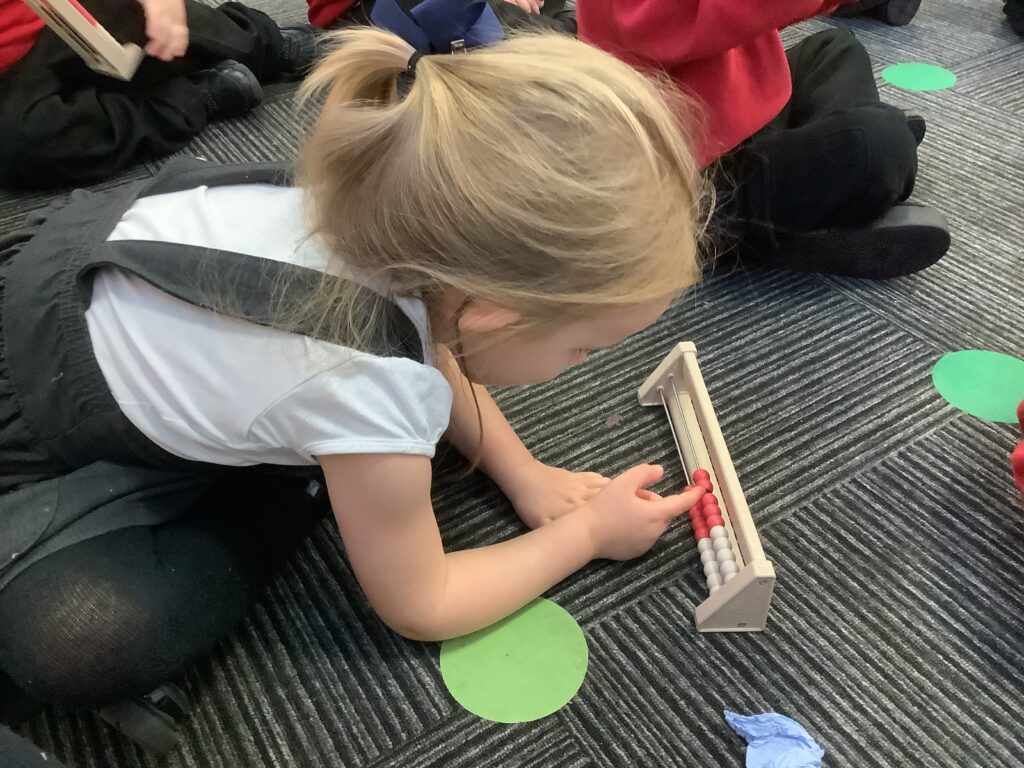
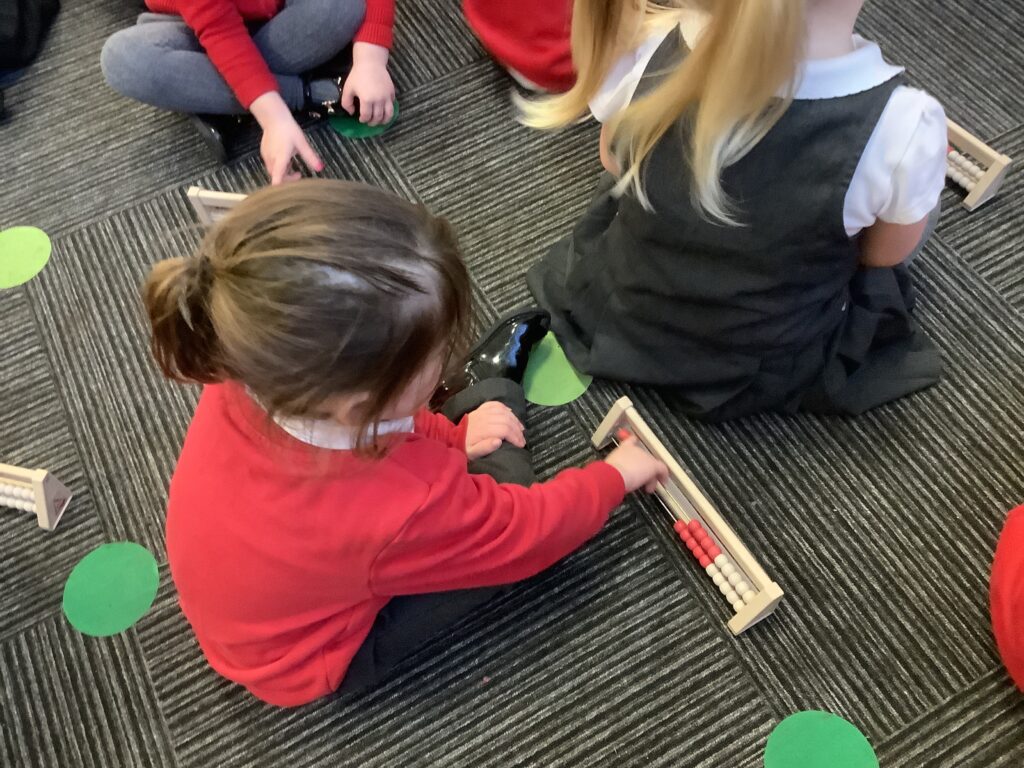
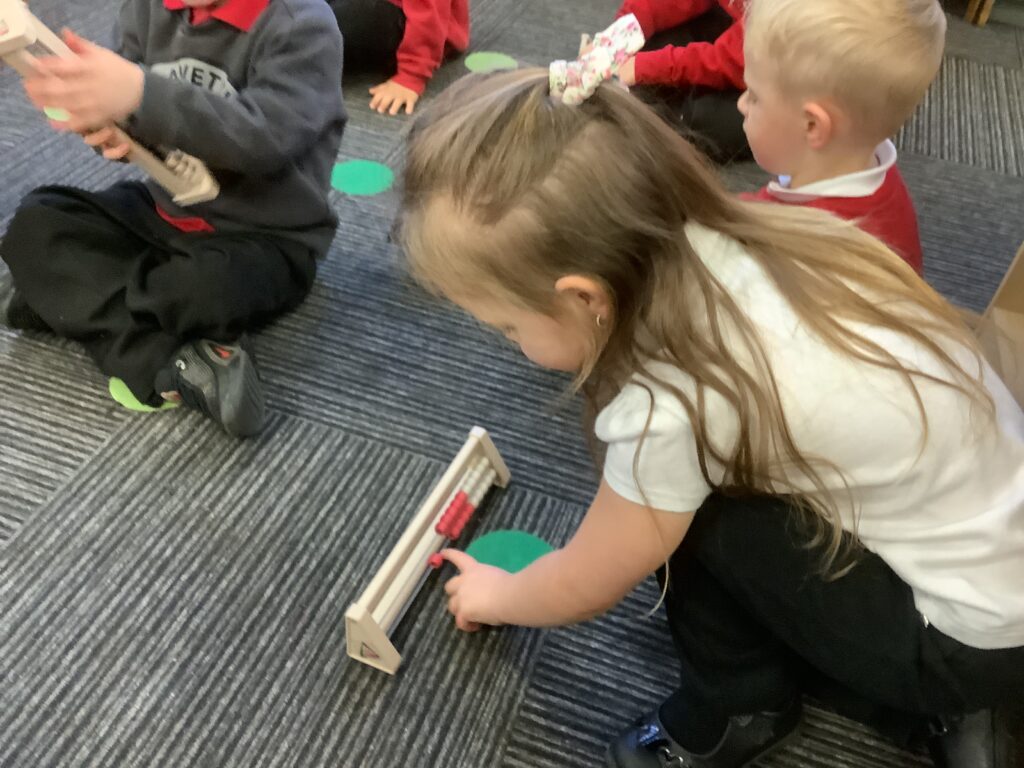
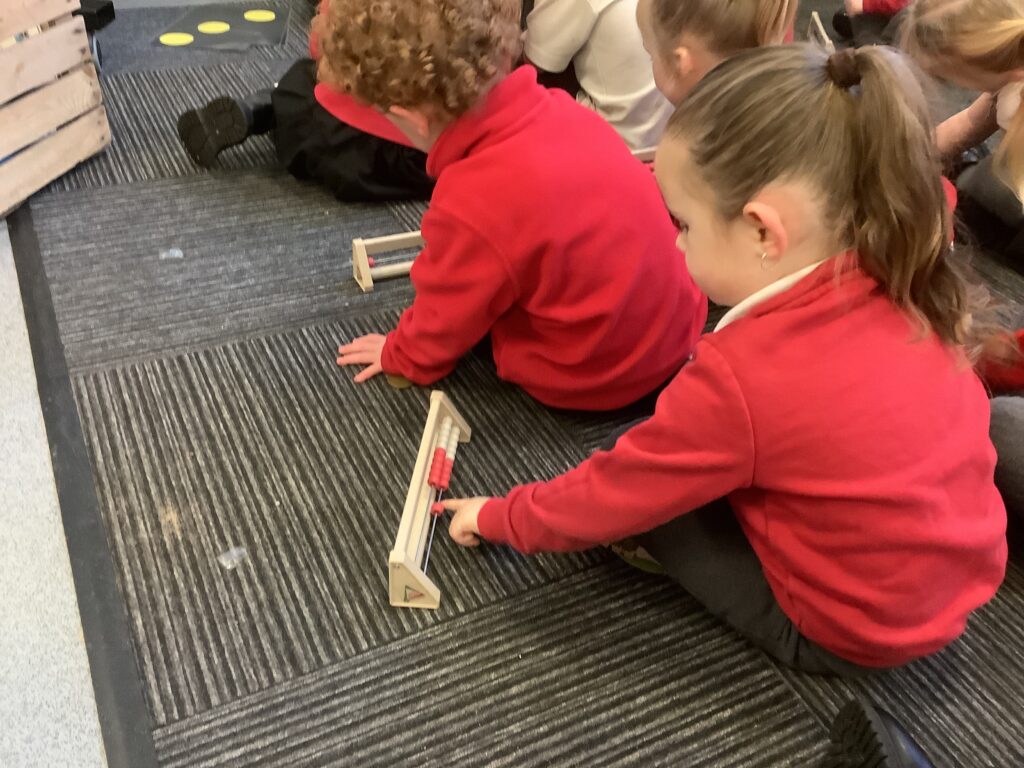
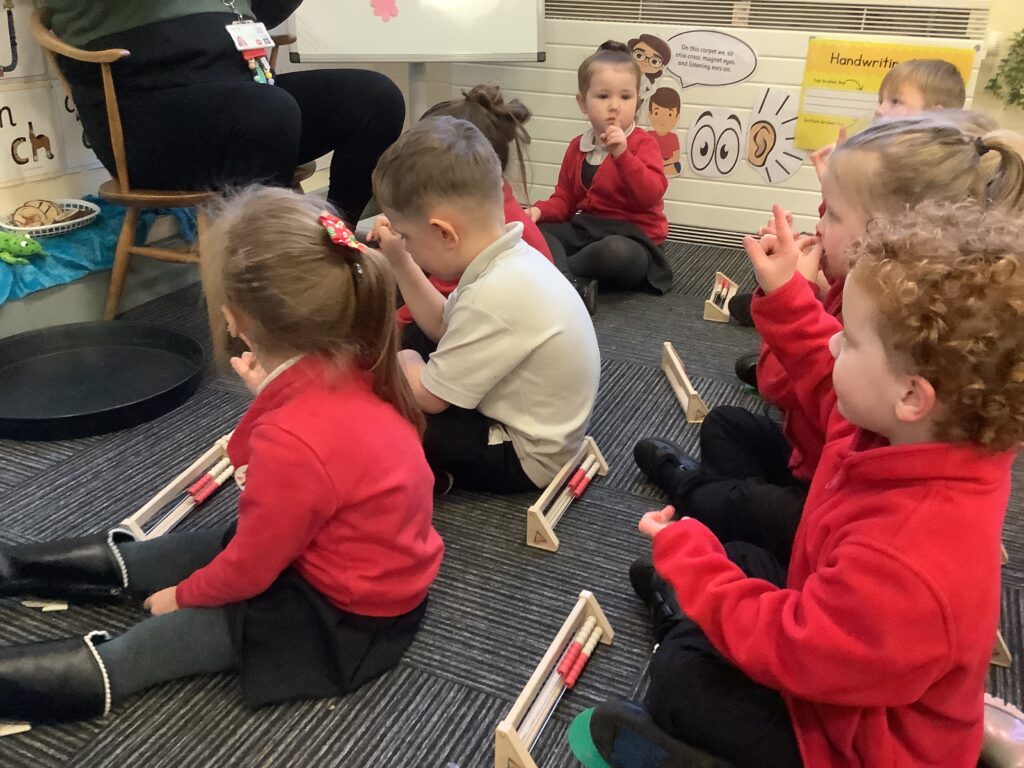
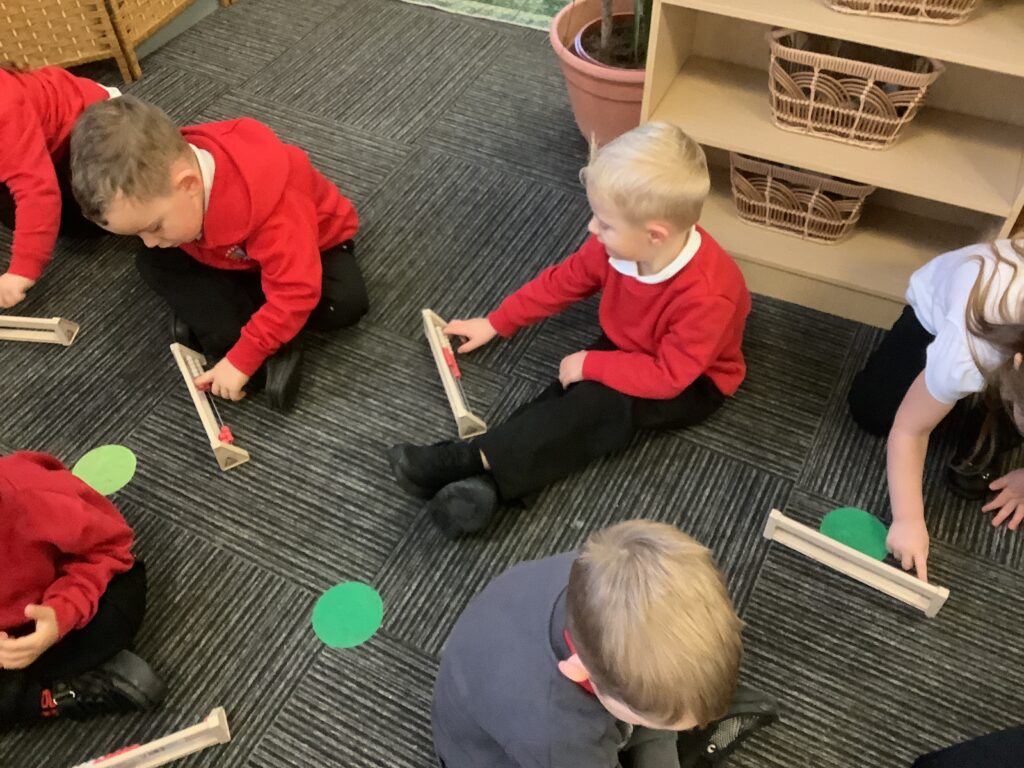
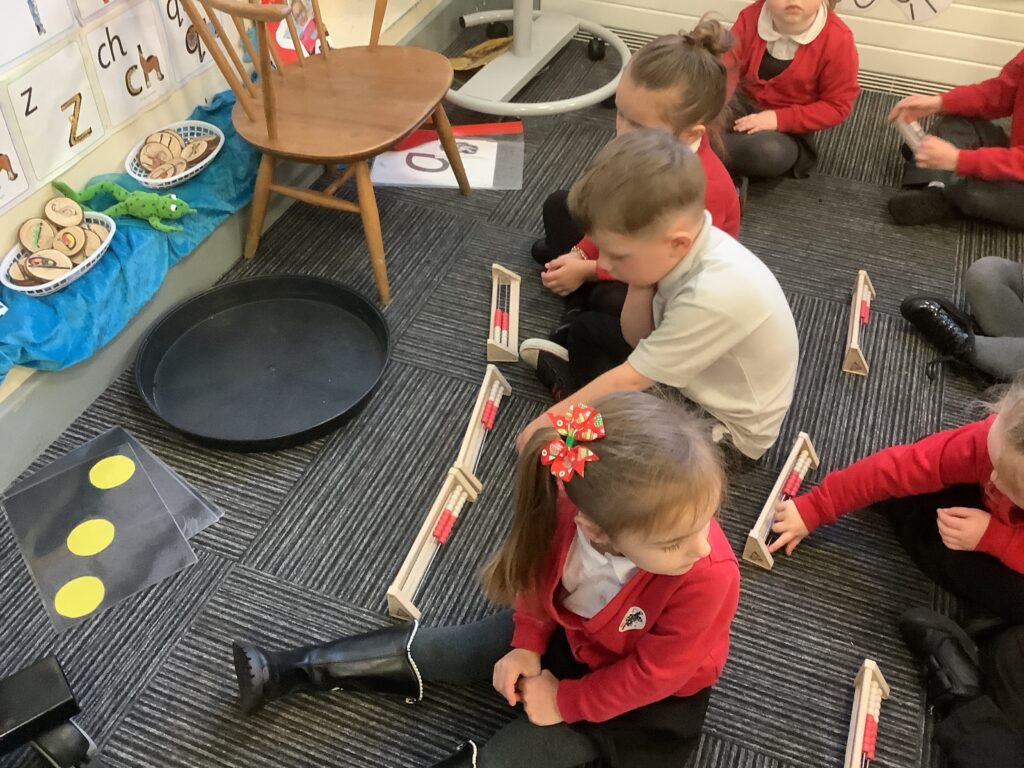
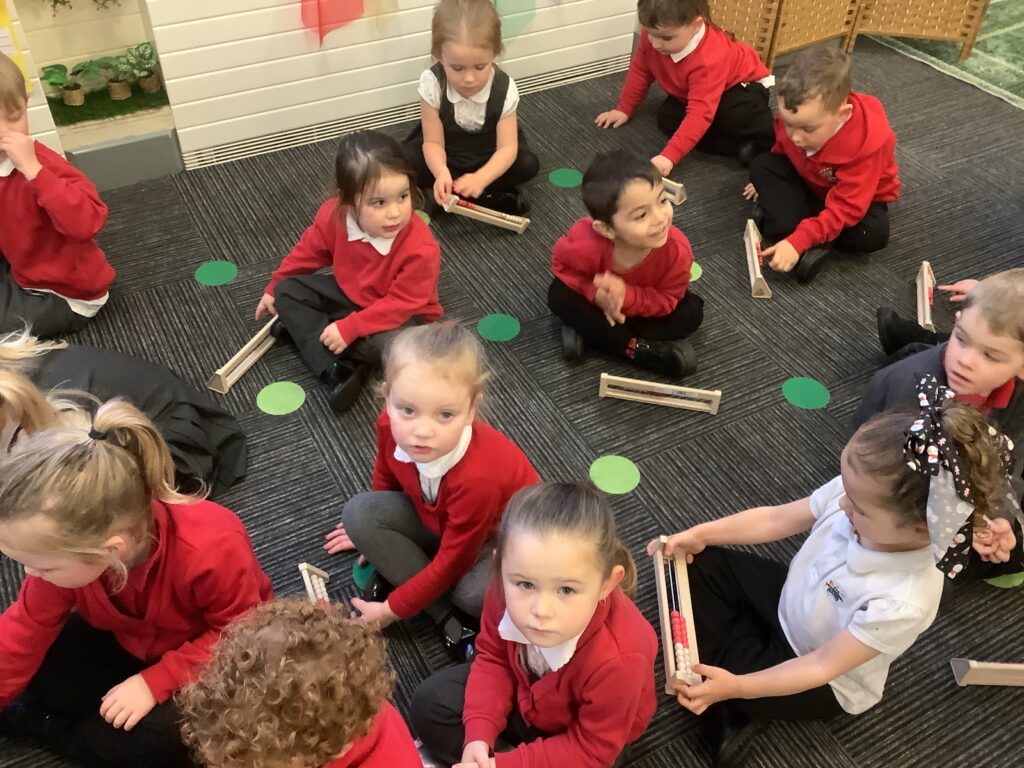
Reading Time!
Crew Ramsay loved going under the tables and cosying down in the pillows to enjoy some reading with Year 5. As we get more and more familiar, we are really beginning to bond with our buddies and grow as little people. Crew goes beyond the year groups at Carcroft as we are learning in Year Two!
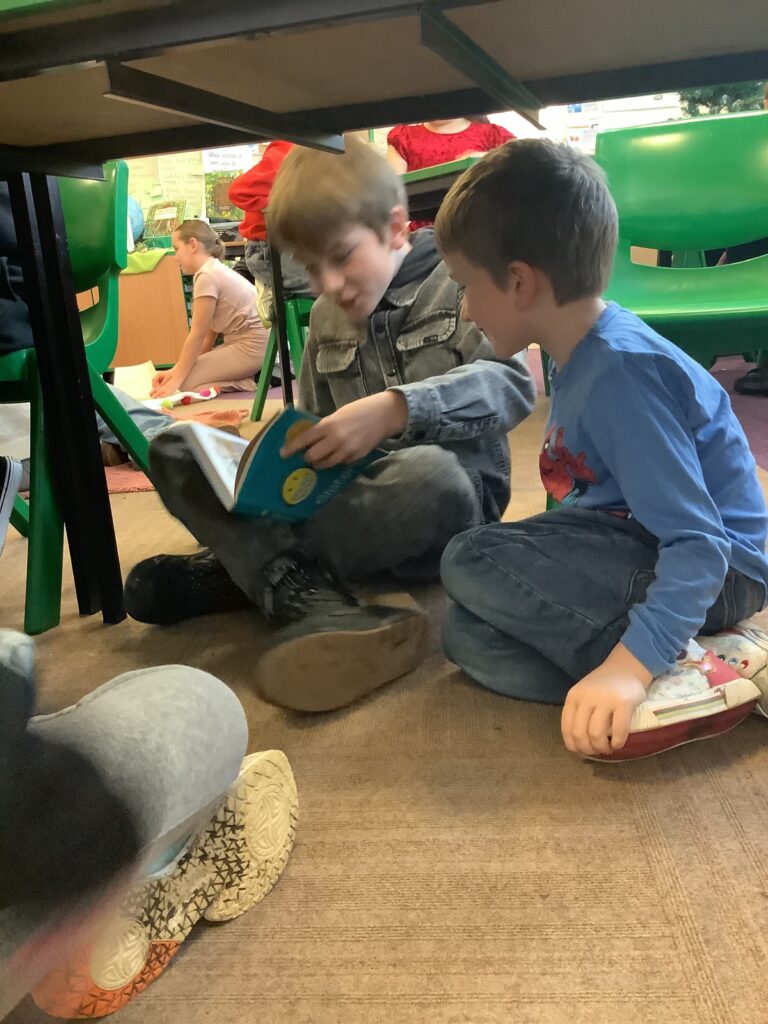
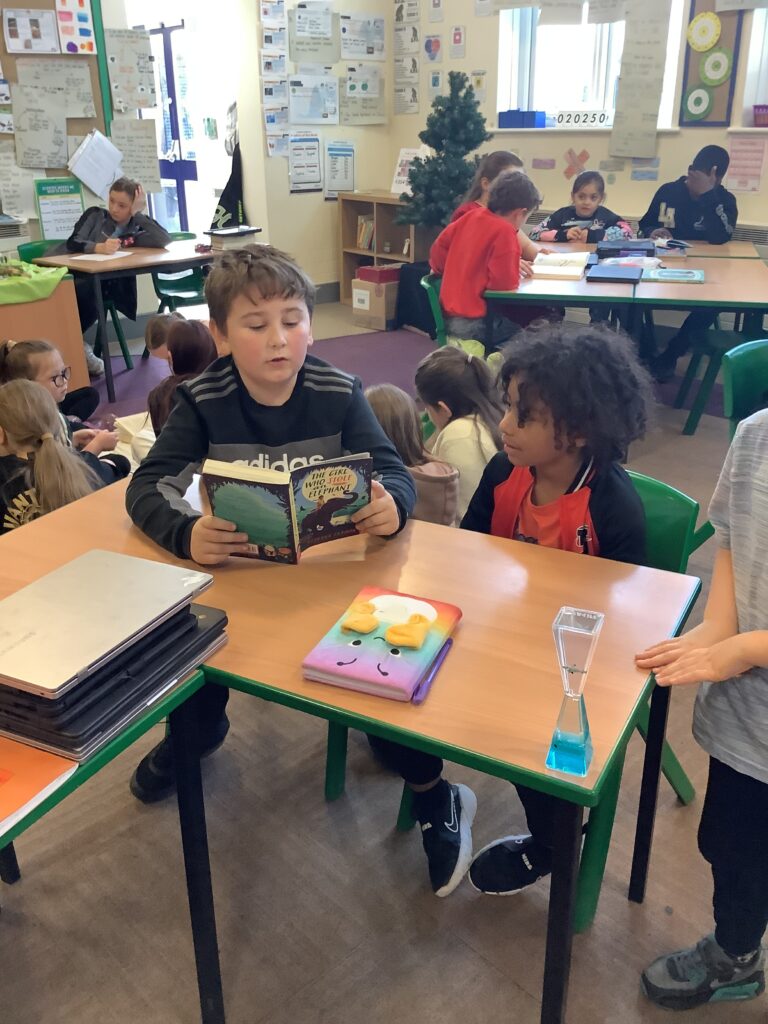
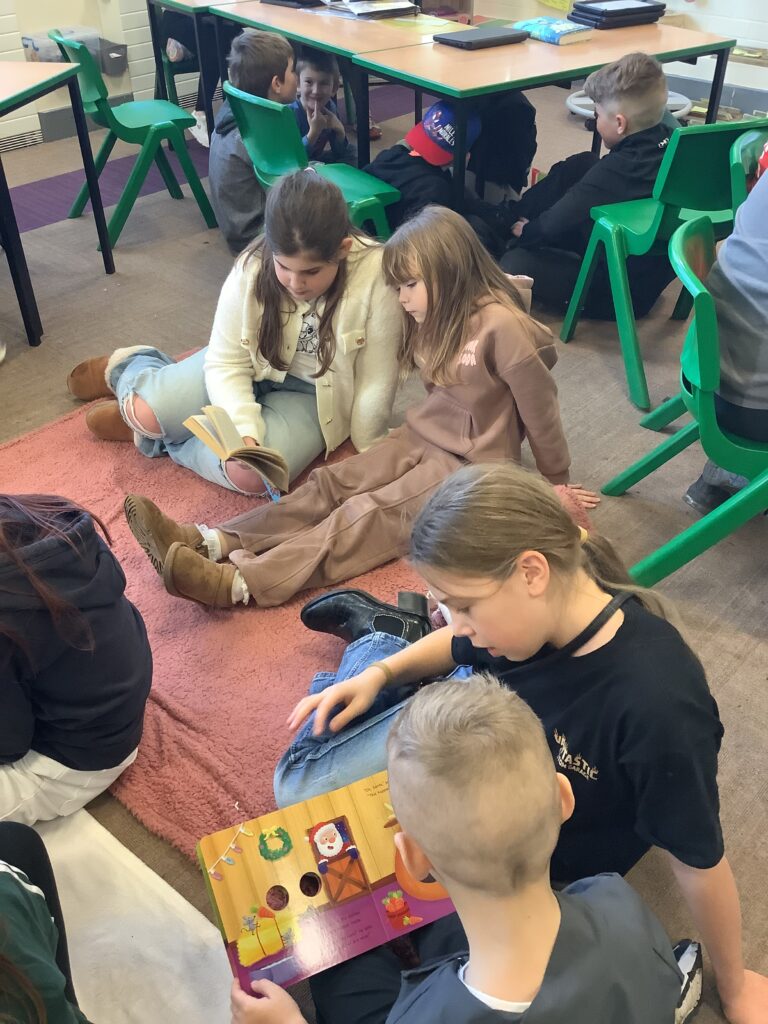
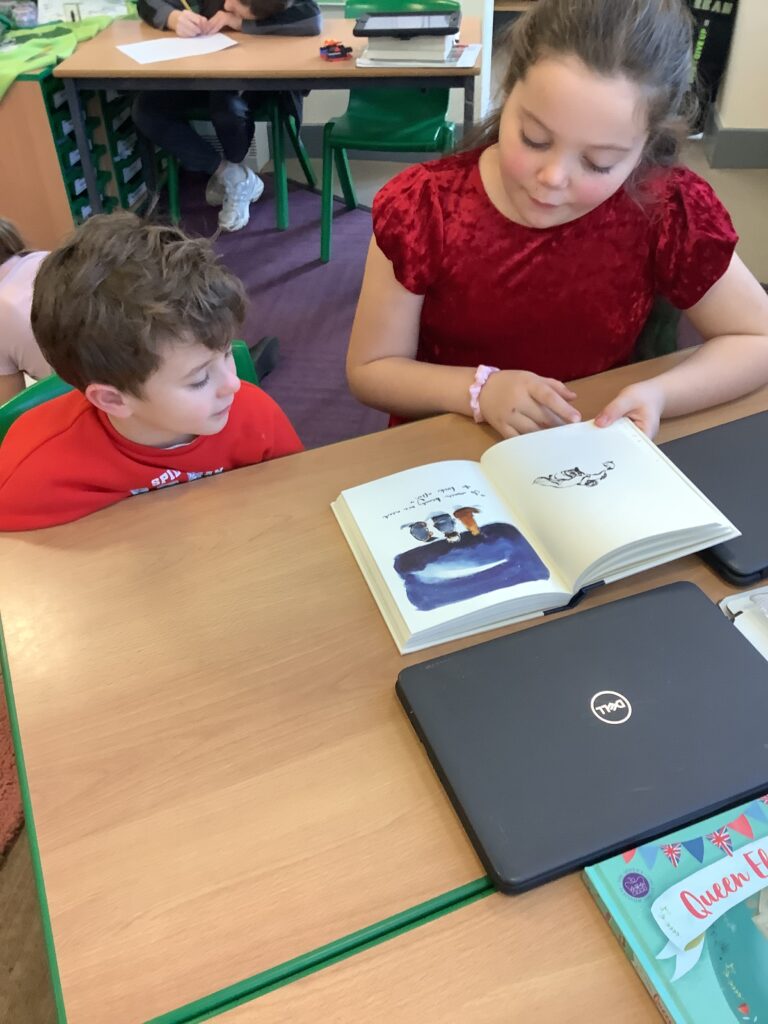
P.E
In p.e they were practicing their basket ball skills
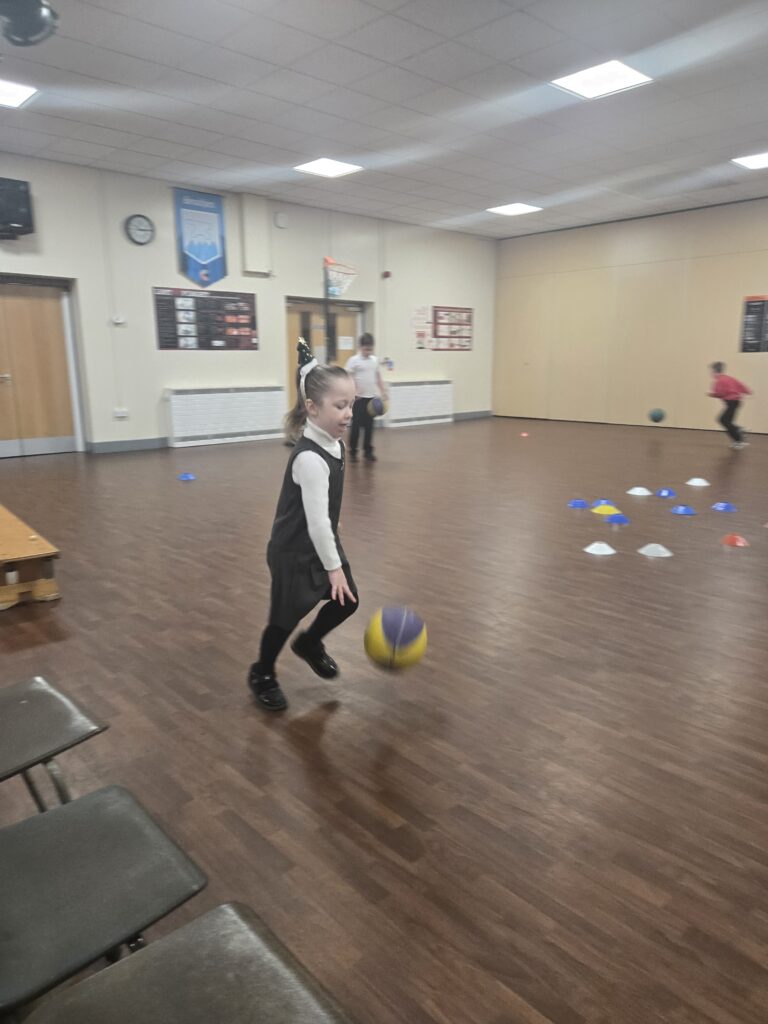
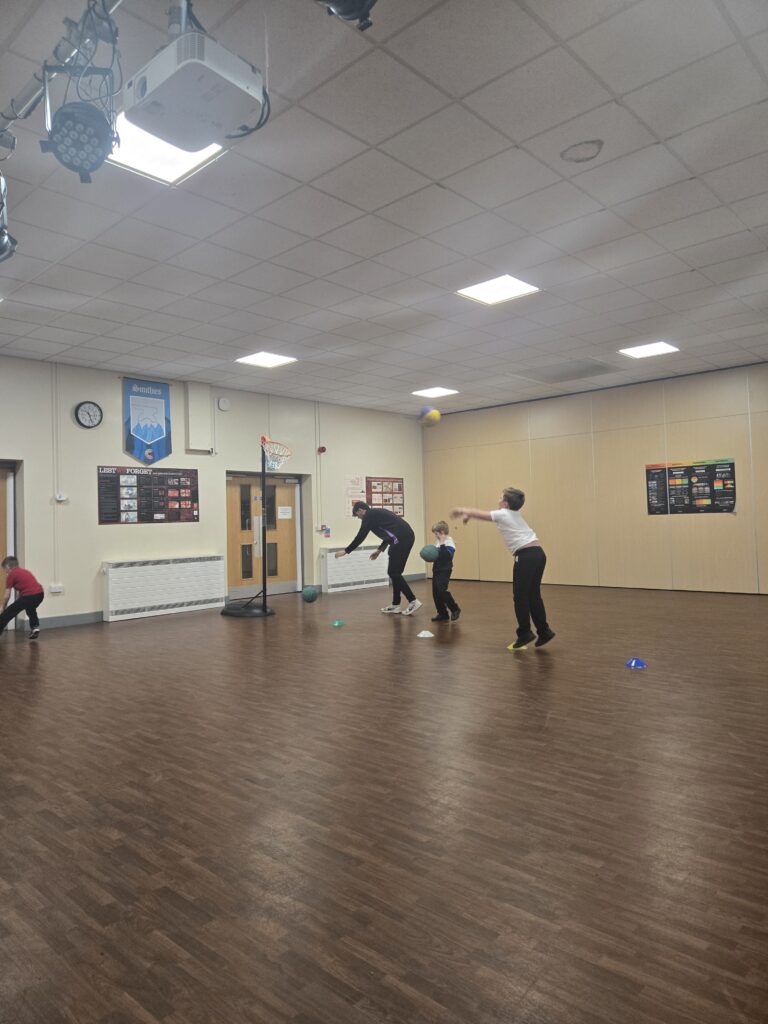
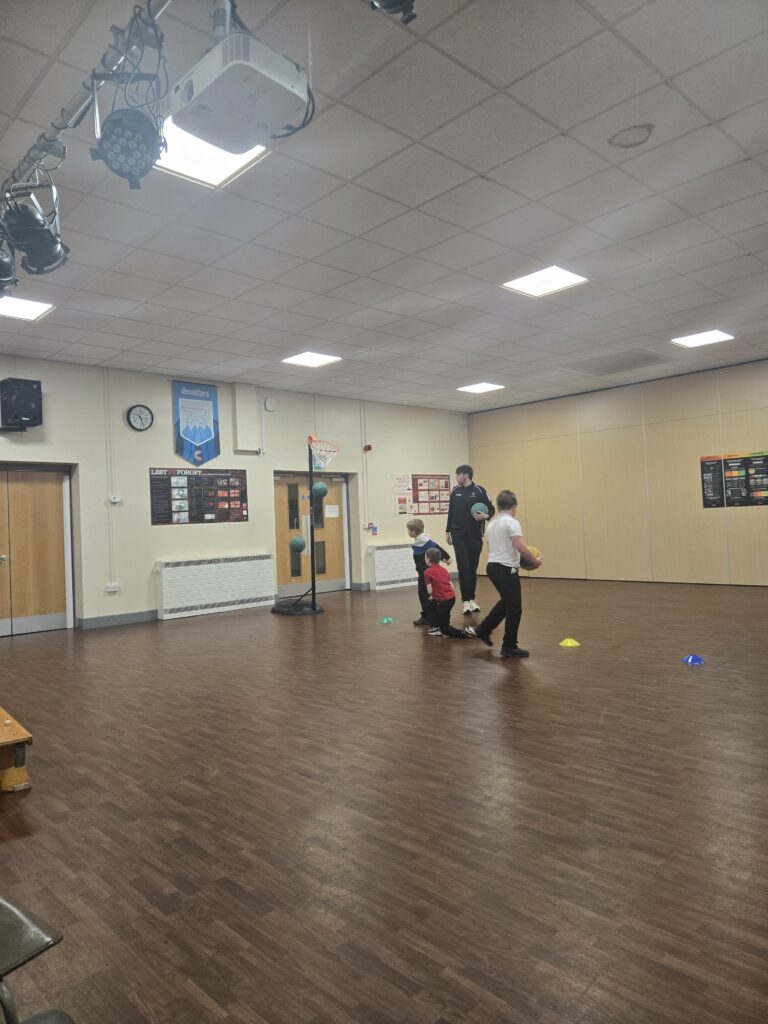
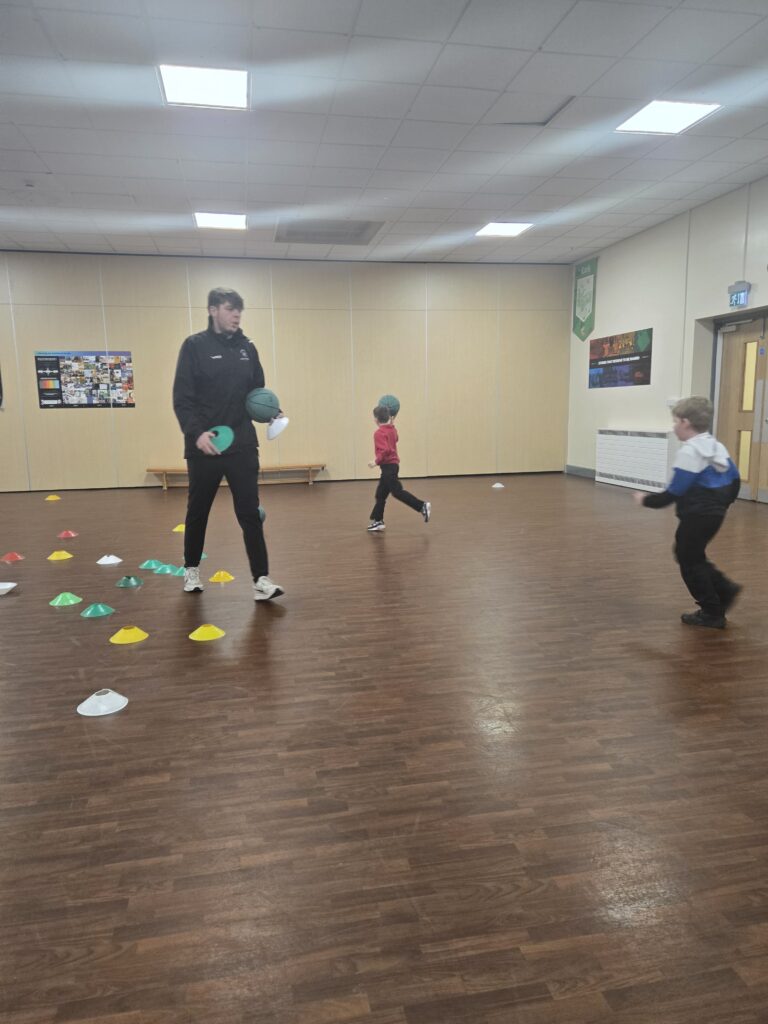
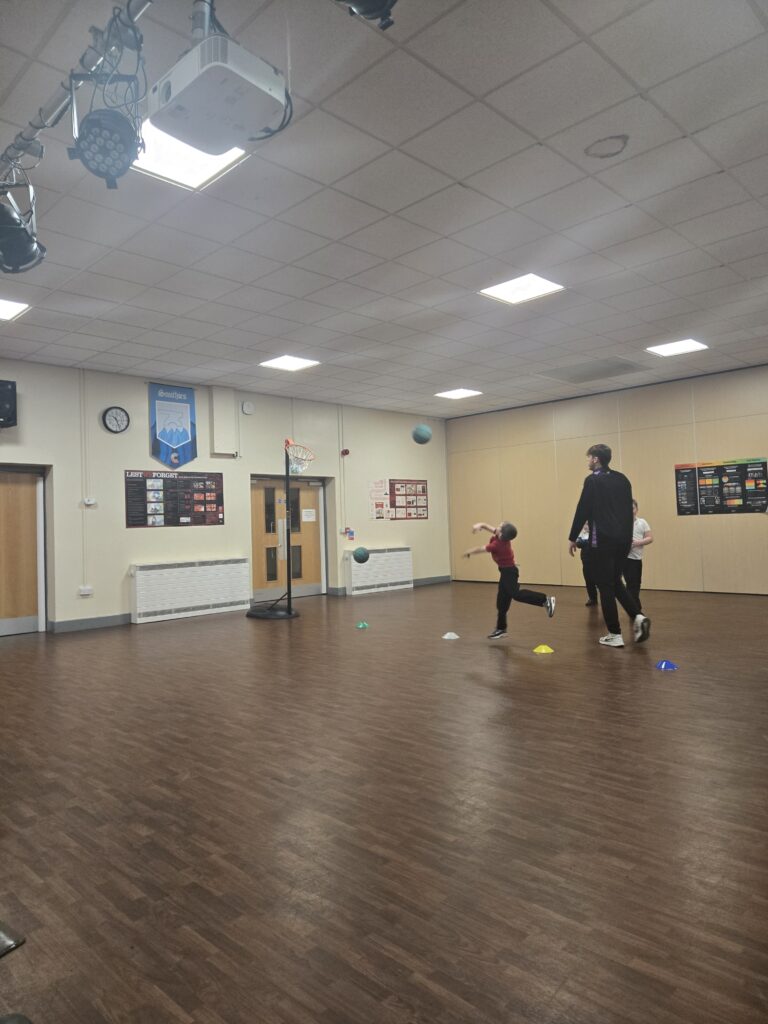
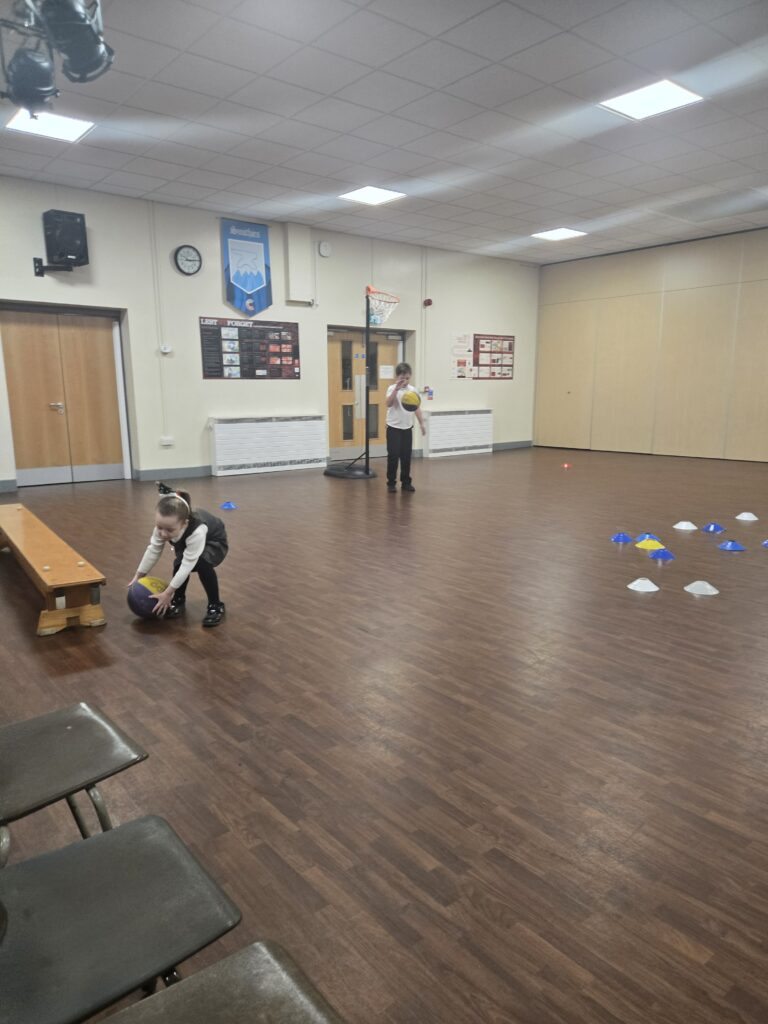
Testing out our Final Product
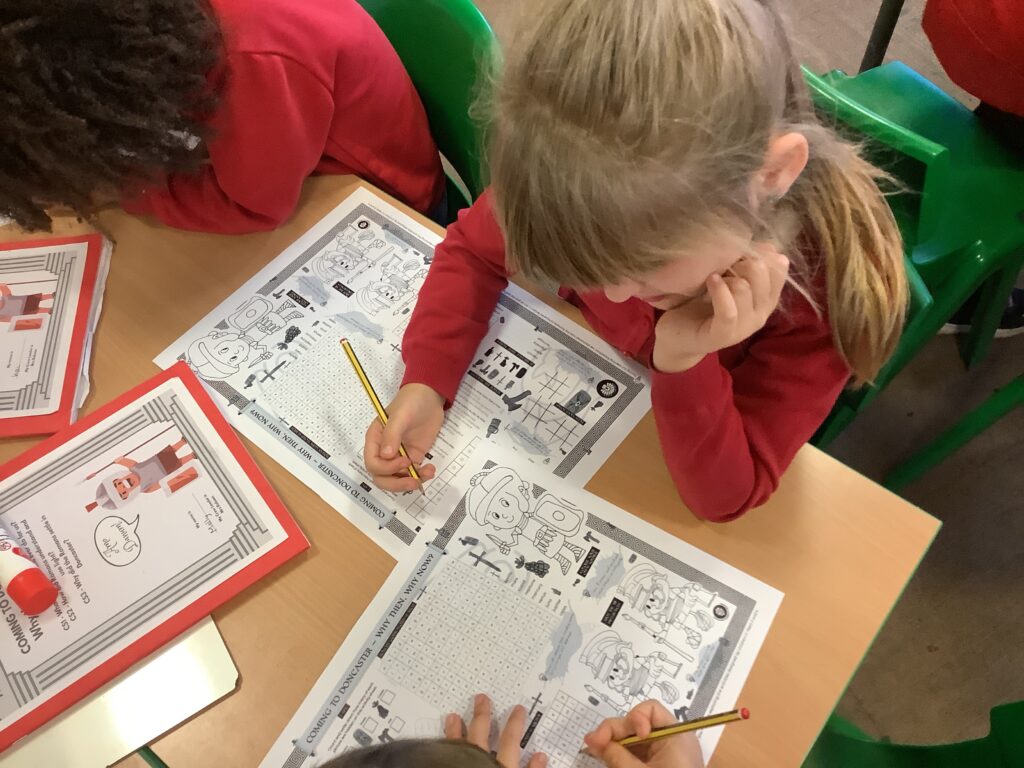
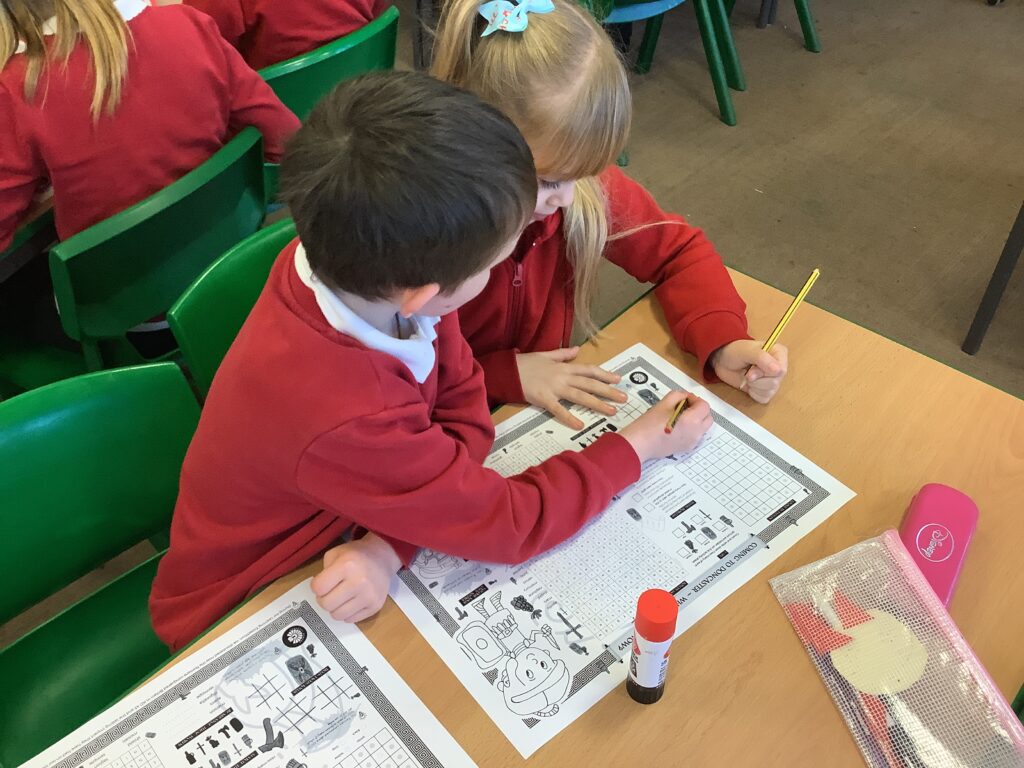
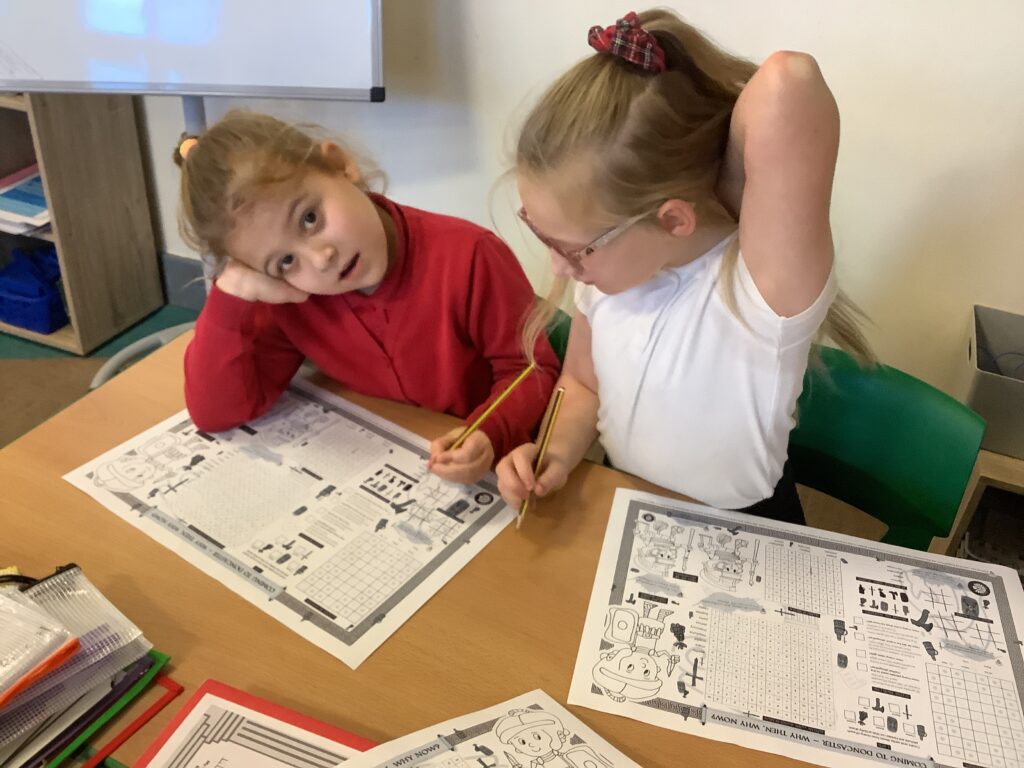



Crew Robson have enjoyed testing out their final product this afternoon before we share it with Murton Park.
Art & DT Case Study
Yesterday, Crew Gray started their third and final case study for their rainforest expedition. We began with the exciting task of designing our own picture frames as a class. Then we shifted our focus to learning how to work safely with wood tools, exploring equipment such as vices, saws, and sanding blocks. We discussed responsible handling, protective gear, and how to support one another during practical activities. We can’t wait to see these designs come to life!









Congratulations Year 5/6 Netball Team!
A huge congratulations to our Year 5/6 pupils who took part in the recent netball tournament. They played with great teamwork and determination, earning an impressive 3rd place.
We are very proud of you all !

